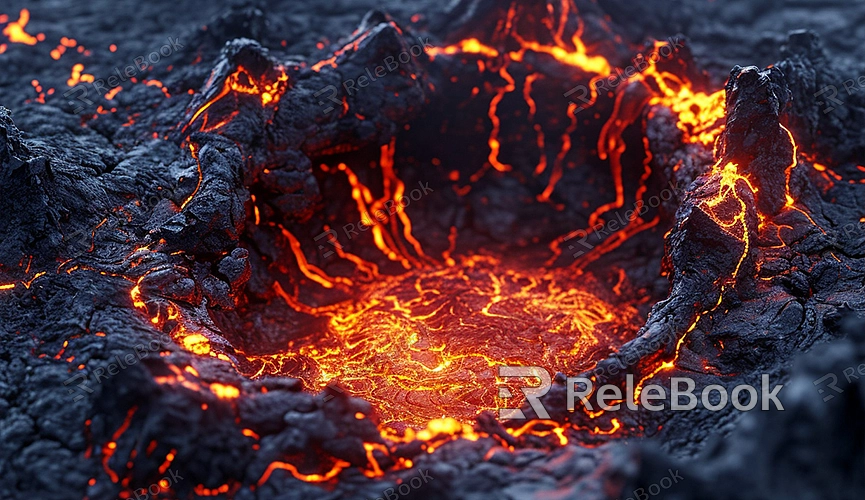how to make textures for 3d models in blender
Blender, as a robust 3D modeling software, empowers 3D models with vibrant appearances and intricate textures through its texture creation capabilities. Crafting textures for 3D models in Blender is an engaging task, enhancing the realism and specificity of rendering effects. Textures not only provide colors and patterns to the model's surface but also influence visual aspects such as glossiness, roughness, and transparency. Let's delve into how to create unique and engaging 3D model textures in Blender.

1. Launch Blender Software
Open the Blender software and create a new project. Ensure your model is prepared, or you can choose from the basic models provided by Blender.
2. Import or Create 3D Model
Based on design requirements, import an existing 3D model file or use Blender's modeling tools to create a new model. Ensure the model's geometry aligns with your design concept.
3. UV Unwrapping and Adjustment
In the 3D view, switch to edit mode and unwrap the model's UV. Ensure each part has a reasonable distribution, preparing for precise mapping of texture maps.
4. Add Base Color Texture
Choose the base color texture you want to apply, whether it's a solid color, gradient, or pattern. Adjust the UV layout to accurately map the texture to the model's surface.
5. Paint Details and Textures
Use Blender's painting tools to add details and textures to the model's surface. This could include wood grain, metallic textures, or skin-like textures, depending on your design goals.
6. Introduce Normal Maps
Add normal maps to enhance the model's performance under lighting, making details more pronounced. This step is crucial for representing subtle structures such as bumps and wrinkles.
7. Adjust Material Properties
Fine-tune material properties like reflectivity and roughness in the material attributes, ensuring the texture exhibits optimal effects during rendering. This step significantly impacts the overall visual appeal of the model.
Common Use Cases of 3D Models and Textures in Blender:
1. Futuristic Tech Mechanical Devices
Apply metallic textures to mechanical models to highlight the technological aspect, with reflections creating a futuristic feel.
2. Pebble Path in Natural Landscapes
Design pebble textures for outdoor scenes, providing a natural and realistic feel to pathways with vibrant colors and lifelike lighting effects.
3. Glass Facades of Futuristic Urban Buildings
Apply sleek glass textures to urban architectural models, giving buildings a modern appearance and adding a technological atmosphere through reflections.
4. Metal Equipment in Space Stations
Add metallic textures to space station equipment, emphasizing durability and technology, with reflections depicting astronauts in space.
5. Leaf Textures for Rainforest Vegetation
Apply realistic textures to leaves, emphasizing the vibrancy of rainforest vegetation with each leaf showcasing natural layering.
6. Stone Walls Inside Ancient Castles
Add stone wall textures to castle scenes, providing a sense of history as each stone reveals the passage of time.
7. Soft Carpet Texture in Modern Living Spaces
Design soft carpet textures for modern interior scenes, adding a cozy atmosphere to living spaces with a sense of softness underfoot.
8. Ice Surface Texture in Snowy Worlds
Add ice surface textures for snowy scenes, capturing the glimmer of ice crystals and creating a cold yet beautiful snowy world.
Through these examples, we can understand how to create interesting 3D model textures in Blender. Each scene demonstrates creative applications in different fields, showcasing Blender's versatility and creativity. If you need high-quality 3D textures and HDRI or 3D model downloads, you can find them on Relebook. After downloading, simply import the textures and 3D models into your project for immediate use.

